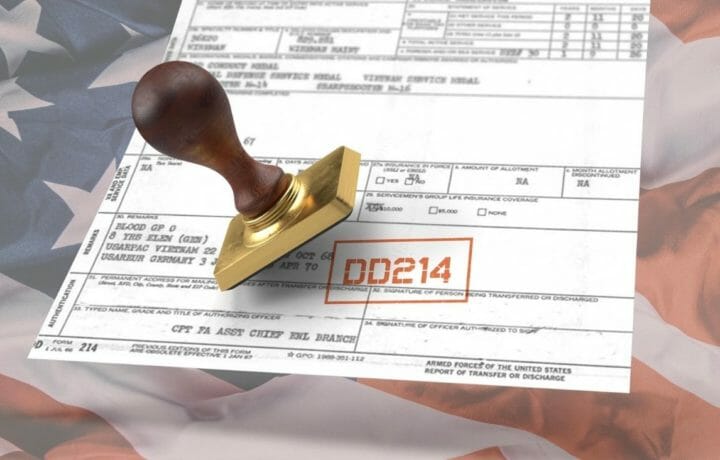What is one of the biggest challenges when leaving the military and beginning your career as a government contractor? Surprisingly, it is keeping track of your time in a way that was never something you considered when you were serving.
Defense Contractors Follow Timesheet Rules
Government contractors have very strict rules when it comes to reporting hours. While in the private sector there is often flexibility. Federal contractors fall under the rule of the Defense Contract Audit Agency (DCAA). The DCAA was created in 1965 to ensure that every dollar spent on defense contracting is correctly allocated. This means government contractors are required to track their time and that is done through their employees tracking their time in an electronic timesheet. This can be a huge shift for those who have served in the military. In the military, there are no time cards, no explanation of what work was completed each day. Instead, the military members work on getting the mission done type of style where a normal workday is based on the mission.
Some of the rules to ensure government contractors meet DCAA compliance include creating a formal timekeeping policy, having employees submit time daily, ensuring the accuracy of reporting including information for each project, vacation, holidays, sick days, etc. Supervisors must finally sign off time tracking sheets and make notes of any needed changes.
Early Release? Not so fast…
But tracking time is only one of the changes service members must adjust to as they transfer from the role of a service member to a government contractor. Another example is the common 59-minute early release rule that applies to federal workers or military members who may enjoy occasions for holiday weekends or special events. This benefit isn’t given to contractors because contractor hours are based on the time worked and each hour is tracked with what was done. Ensuring that every dollar spent on defense contracting is correctly allocated means there isn’t a gray area for early release, wingman days, or even weather-related closures and delays. The COVID-19 pandemic has made it easier for contractors to telework, but there are still a lot of rules around teleworking and if you work in a classified area, teleworking may not be possible.
pay Period Hours Are Set
Another big shift for government contractors is that there are often limitations on how many hours can be worked during a given pay period. This means if you need to stay late to finish a project and work ten hours, one day you will need to leave early another day to ensure you do not go over the eighty hours in the two-week pay period for a given contract. If a contractor believes they need more time to get the work done, they are required to get approval before working the extra hours.
Also, conversely, if you are working off-site or attend a training and it does not extend the full day, government contractors are required to make up the hours not worked to ensure a full eighty-hour contract is met.
All Part of the Military Transition
The biggest challenge to tracking time is remembering and being mindful of what you are doing each day. Eventually, it will become second nature and a normal part of your job. But after serving in the military and not having to worry about how many hours you work each week and how much time is spent on each task, it can be quite an adjustment to this new way of working.
If you had some helpful tools or strategies in your transition to contractor, feel free to leave them in the comments below or message me.


